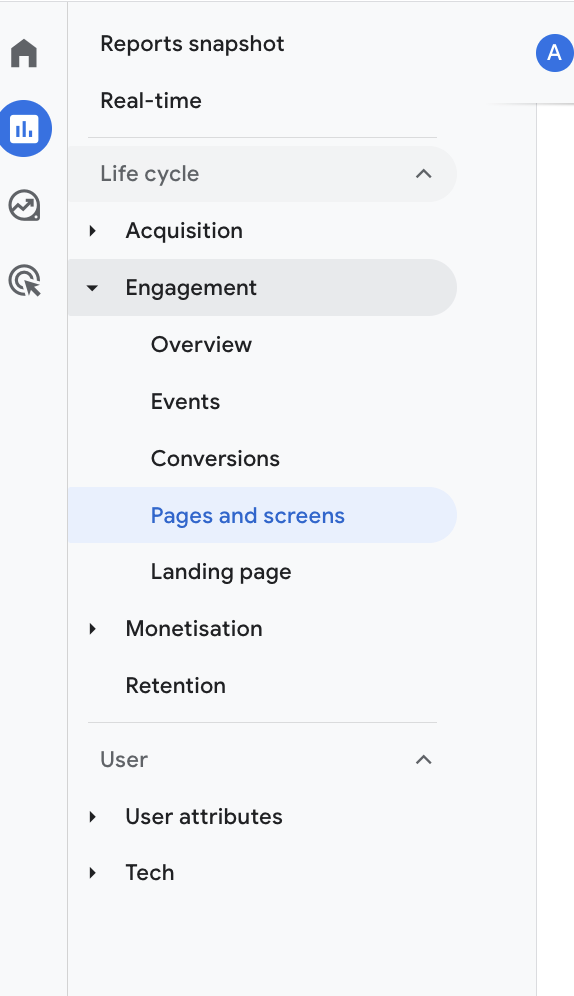What is compounding website traffic?
Compounding website traffic refers to gradually and consistently increasing the amount of traffic a website receives over time. Instead of relying on sudden, one-time spikes in traffic, compounding traffic relies on creating high-quality content that continues to attract visitors over the long term—my preferred SEO tactic, to be honest.
This is typically achieved through search engine optimisation (SEO), which involves optimising a website’s content and structure to make it more visible and relevant to search engines. By creating content that addresses the needs and interests of a specific audience and by using the right keywords and metadata, a website can gradually increase its visibility and attract more traffic.
Other strategies that can help drive compounding traffic include building a social media presence, guest blogging on other websites, and building an email list. The key is to create valuable content that addresses the needs and interests of a specific audience. You know- content that addresses questions and explicit topics that you know will improve their business or life. And then promote that content through a variety of marketing channels to reach as many people as possible. This will lead to a steady and sustainable increase in traffic to your website, resulting in more leads, customers, and revenue.
How to grow your compounding traffic
Content is key
High-quality, relevant, and valuable content is essential for driving compounding traffic. By consistently creating content that addresses the needs and interests of your target audience, you can attract visitors who are more likely to return to your site and share your content with others.
Tip: You must, must, MUST hyperlink back to existing content (using relevant keywords and search terms) not just to help with SEO and site navigation but to encourage readers to check out older content.
Aim for approximately two to six internal links to existing content.
Don’t forget to go back through older content and update posts to including internal links to newer content also.
Long-tail keywords
Instead of trying to rank for highly competitive keywords, focus on long-tail keywords, which are more specific and less competitive. By creating content that targets these keywords, you can increase your visibility and attract visitors who are more likely to be interested in your offerings.
Social media
Building a social media presence can be an effective way to promote your content and attract visitors to your website. By sharing your content on social media channels and engaging with your followers, you can increase the visibility of your website and encourage more people to visit.
Tips:
Reshare old content, even if it is a few years old. As long as the information is relevant and not totally out of date, it’s worth sharing. Share a list of your top 5 best-performing web pages or blog posts.
A BuzzSumo study found that long-form content (over 3,000 words) tends to receive more social shares and links than shorter content, which can help drive compounding traffic over time.
Email marketing
Building an email list can be another effective way to drive compounding traffic. By regularly sending out newsletters or updates with links to your content, you can encourage subscribers to visit your website and share your content with others.
Consistency
Consistency is key when it comes to driving compounding traffic. By regularly creating and promoting high-quality content, you can gradually build up your website’s visibility and attract more visitors over time.
Evergreen content
Crafting praiseworthy evergreen content is the biggest key to creating and capitalising on compounding web traffic. Evergreen content is content that remains relevant and useful over time rather than becoming outdated or irrelevant. By creating content that addresses timeless topics or that provides ongoing value to your audience, you can attract visitors who are more likely to return to your site and share your content with others.
Don’t forget your data!
It’s important to track and analyse your website’s traffic over time in order to identify which strategies are most effective at driving compounding traffic. By using tools like Google Analytics (now known as G4) or other web analytics platforms, you can track your website’s traffic, conversion rates, and other metrics and use that data to make informed decisions about how to really your content and promotion strategies going forward.
Tip: Find out your most visited posts or pages by using your G4 Analytics and doing the following:
- On the left-hand side of your screen, click on Engagement
- Then click on Pages and screens
- Then change the date parameters (top right-hand side of the screen) to custom
- Enter the date from as far back as you can until now

You will then be provided with a table that shows the slugs of the pages or post that get the most views. Now you can see your most popular and do any of the above suggestions to double down on their traffic.

How many blog posts should be live on your site to get good compounding traffic?
The number of blog posts needed to achieve good compounding traffic depends on a variety of factors, including your industry, competition, and target audience. No set number of blog posts will guarantee good compounding traffic, as it ultimately depends on the quality and relevance of your content.
That being said, in general, websites that have a larger volume of high-quality, evergreen content tend to perform better in search engines and attract more traffic over time. According to HubSpot’s 2020 State of Marketing report, companies that blog regularly (more than once a week) are 13 times more likely to see positive ROI compared to companies that don’t blog at all.
In terms of a specific number of blog posts, it’s difficult to give an exact figure, as it depends on a variety of factors. However, a good rule of thumb is to aim to publish new blog posts on a regular basis (such as once or twice a week) and to ensure that your existing blog posts are high-quality, evergreen content that is optimised for search engines.
Ultimately, the key to achieving good compounding traffic is to focus on creating really terrific and information-dense content that addresses the needs and interests of your target audience. By doing so, you can gradually build up your website’s visibility and attract more visitors over time, regardless of the specific number of blog posts you have published.
What kind of posts do best for compounding traffic?
The best kind of posts for compounding traffic are those that are high-quality, evergreen, and address the needs and interests of your target audience. Here are some examples of the types of posts that tend to perform well for compounding traffic:
- How-to guides and tutorials: Posts that provide step-by-step instructions or advice on how to solve a particular problem or achieve a specific goal can be highly valuable for readers and tend to attract a lot of search traffic over time.
- List posts: List posts that provide a curated list of resources or tips on a particular topic can also be highly valuable for readers and tend to perform well in search engines.
- Case studies and success stories: Posts that provide real-world examples of how your product or service has helped others can be highly compelling and attract a lot of organic search traffic over time.
- Expert insights and analysis: Posts that provide unique insights or analysis on a particular topic or trend can be highly valuable for readers and tend to attract a lot of backlinks and social shares over time.
- Product reviews and comparisons: Posts that provide honest and detailed reviews of your own products or services or comparisons with other similar products or services can be precious for potential customers and attract a lot of search traffic over time.
How can you link back to previous blog posts to enhance compounding traffic?
Linking back to previous blog posts is a great way to enhance compounding traffic, as it can help readers discover and engage with more of your content. Here are some strategies for linking back to previous blog posts:
- Internal linking: Use internal links within your blog posts to link to related content on your own site. This can help readers discover more of your content and spend more time on your site, which can improve your search engine rankings and drive more traffic over time.
- Related posts: Use a related posts plugin or widget to automatically display links to related content at the end of each blog post. This can help readers discover more of your content and keep them engaged with your site.
- Update and republish old content: When you update and republish old blog posts, be sure to include internal links to your more recent content. This can help drive traffic to your newer content and improve its visibility in search engines.
- Create content hubs: Group related blog posts together into content hubs or topic clusters. This can help readers discover more of your content on a particular topic and improve your search engine rankings for related keywords.
- Link from your homepage: Feature links to your most popular or recent blog posts on your homepage or in your site navigation. This can help drive traffic to your blog and keep readers engaged with your site.
By using these strategies to link back to your previous blog posts, you can help readers discover more of your content and keep them engaged with your site.
Not sure how to make the most of what content you have or how to build up a content bank that actually works for you in your business? Let’s discuss the perfect content strategy for your organisation now.

